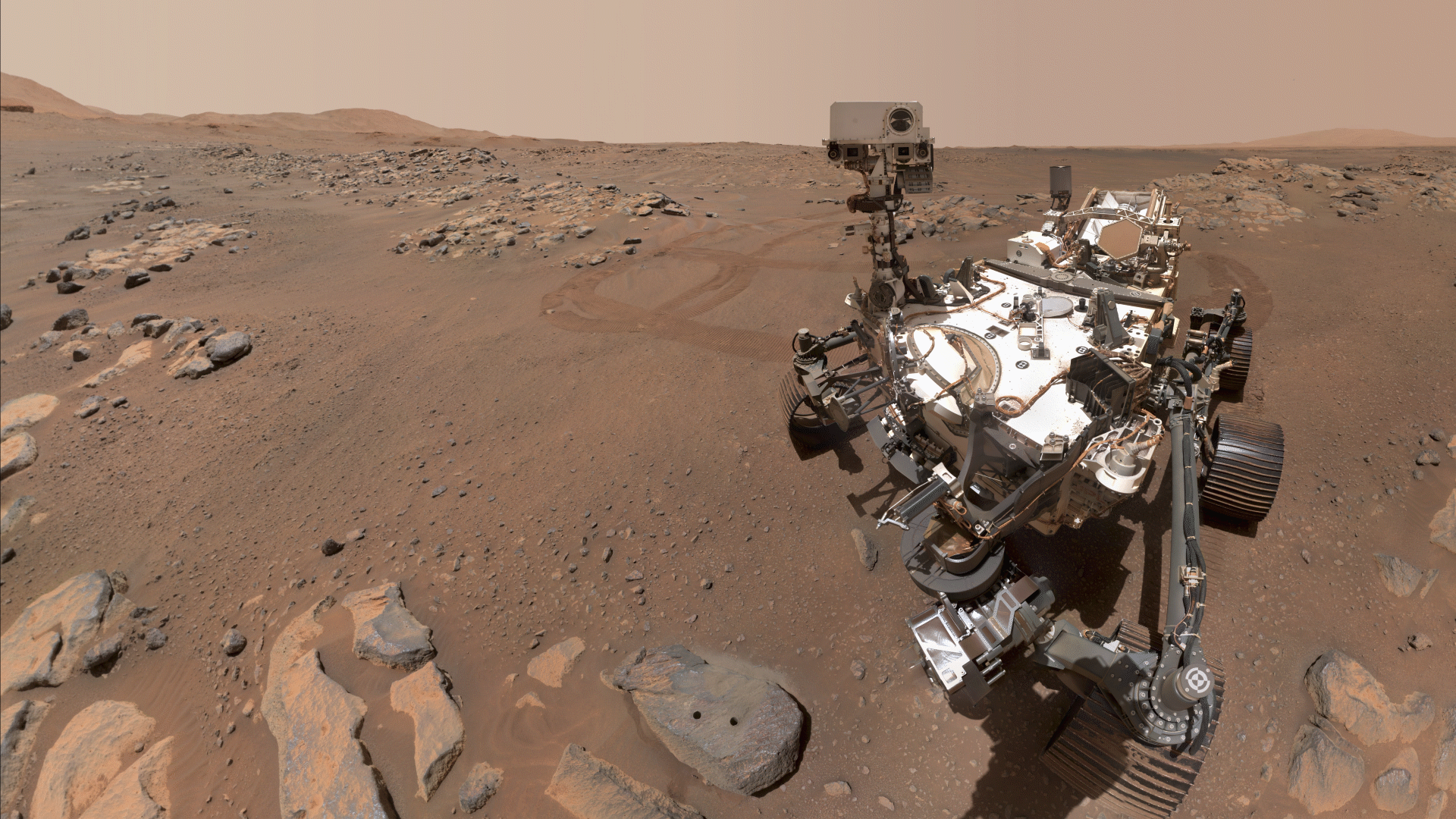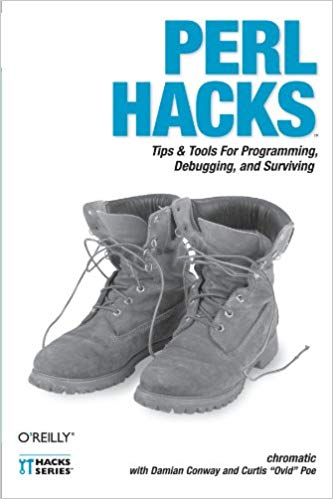Introduction
The old space race was driven by governments, desperate to bolster national pride. The new space race, known in the industry as “NewSpace”, is driven by entrepreneurs, looking to make record profits. Science fiction is replete with stories of the horrors of corporate space colonies, charging workers for the very air they breathe and denying them basic rights. These seem far-fetched, but our history shows the dangers . Even if well-intentioned, what happens when you’re living in a mining colony asteroid owned by Asteroids, Inc. and they go bankrupt?
There’s plenty to be concerned about, but nonetheless, we’re charging into this future and I confess, I love it. My sister, Gayle, taught me to read at a young age and while in the first grade, other students would be sounding out “see Spot run” while I was reading National Geographic. At home, my mother had stacks of old pulp magazines such as Astounding Magazine, The Magazine of Fantasy and Science Fiction, and so on. Ever since I can remember, I’ve dreamed of the stars and, despite the concerns, I’m delighted we’re finally taking the next steps to get there.
But how does it all work? Why is it so hard? What the hell is “max q”?
The Mars Society of Canada has published a series of blog posts by Jin Sing Sia about rocket physics. They’re introductory articles, but they’ll get you up to speed pretty quickly on the basics. You don’t even need to know advanced math.
There is, however, a slight problem with the articles. They didn’t include a table of contents! We don’t even have “previous” or “next” links for the articles. So allow me to do that, along with providing a summary for each. Note that these articles should probably be read in order, but it’s not strictly necessary.
The Tyranny of the Rocket Equation
If you follow space news, you may have heard about the tyranny of the rocket equation. In short, if you have a small amount of fuel, your thrust won’t last long enough for you to leave the planet. However, if you add more fuel, it’s not just lifting the rocket, it’s lifting the rest of the fuel! The more fuel you add, the harder it is to lift the rocket.
How to Get to Mars
Ever wonder why Mars only has “launch windows” every 26 months? What’s a “Hohmann transfer orbit”? Can we get to Mars faster than the projected nine months?
How to Get to Mars, Extra Credit
Discover the basics of orbital mechanics. They were touched on in the previous article, but this one goes a bit more in-depth. You can skip it if you want, but why would you want to?
Light physics and mathematics knowledge is recommended. Maybe you’ll finally learn what “perigee” and “apogee” are!
The Physics of Perseverance
By now, you know the Perseverance rover is cruising around Mars, taking selfies, doing amazing science and generally having a blast—up until the point when she realizes she doesn’t have a ride home.

The fact that Perseverance was able to land on Mars at all is amazing. The “sky crane” that lowered her to the surface was a thing of beauty. This article explains the approach, atmospheric entry, descent, and landing.
Rocket Engineering
Did you know that your car’s engine is more mechanically complicated than most rocket engines? On the other hand, your car’s engine doesn’t burn hot enough to melt the engine. Learn why rocket science ain’t easy.
Rocket Fuels
Liquid hydrogen is one of the best fuels for rockets, so why don’t more rockets use it? What is hydrazine? Why do we use hypergolic fuels when they’re so dangerous? Wait, what’s a hypergolic fuel?
Nuclear Thermal Rockets
Nuclear rocket engines are amazingly powerful. Their exhaust also tends to be amazingly radioactive. And if a launch goes poorly, you can’t just use your FTS (Flight Termination System) to blow it into little pieces lest you shower everyone with radioactive waste. So why are we considering them?
Max q and Bernoulli’s Principle
Max q and Bernoulli’s Principle are two terms you often hear when space nuts discuss rockets. Understanding them helps to explain, amongst other things, why the opening scene to the otherwise excellent film (and book), “The Martian”, was so unrealistic.
Re-entry and Hypersonic Flight
You know space capsules have heat shields to protect them from the heat of reentry to our atmosphere, right? It’s not because of friction.
You’ll also learn why sound travels much faster under water.
Conclusion
Space is amazing. And it’s hard. I hope you enjoyed reading through all of the linked articles.
The NewSpace race is well under way and we’re finally going to get to the planets, even if we don’t colonize them. I am hopeful, however, that eventually we will.


